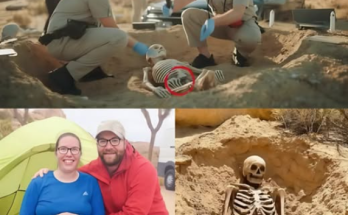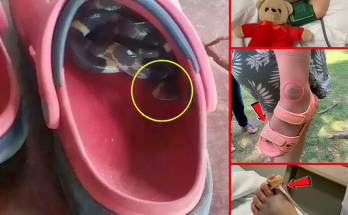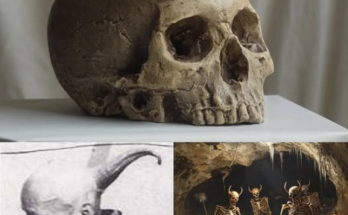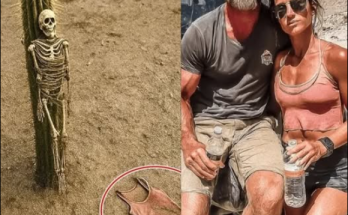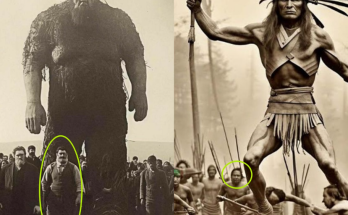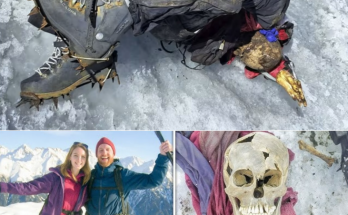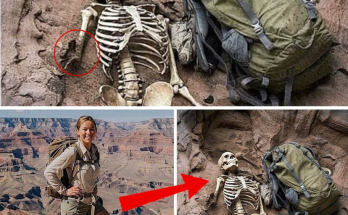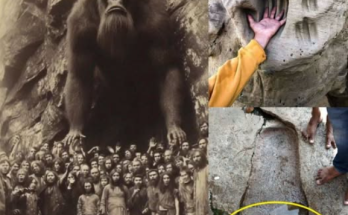
The Veiled Legacy of Mobki Kibj: Secrets of the Himalayas
High in the Himalayas, among peaks that breathe legend and mystery, lies the veiled legacy of Mobki Kibj—a name erased from history yet carved into forbidden stone. This enigmatic figure …
The Veiled Legacy of Mobki Kibj: Secrets of the Himalayas Read More
